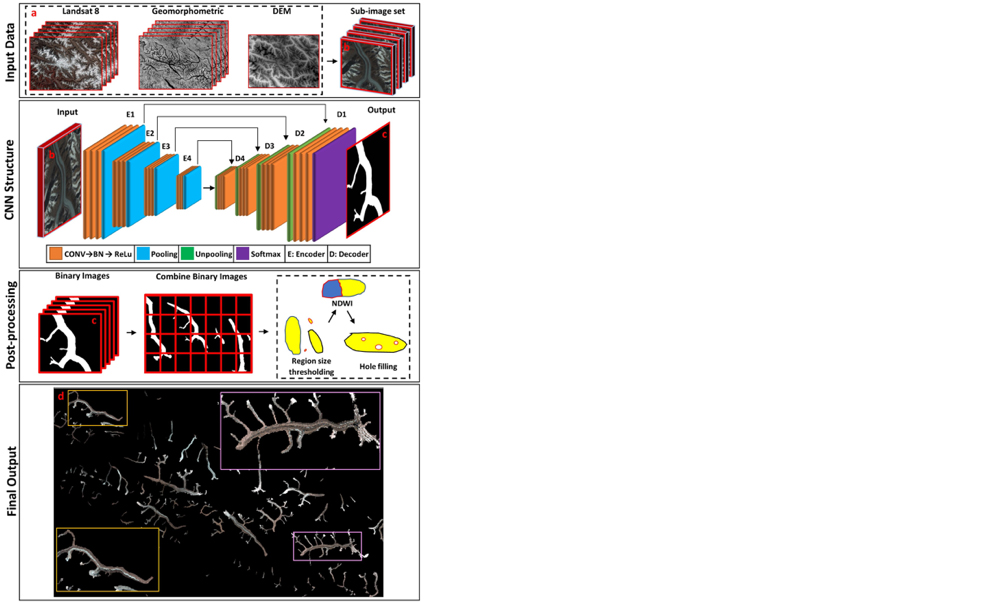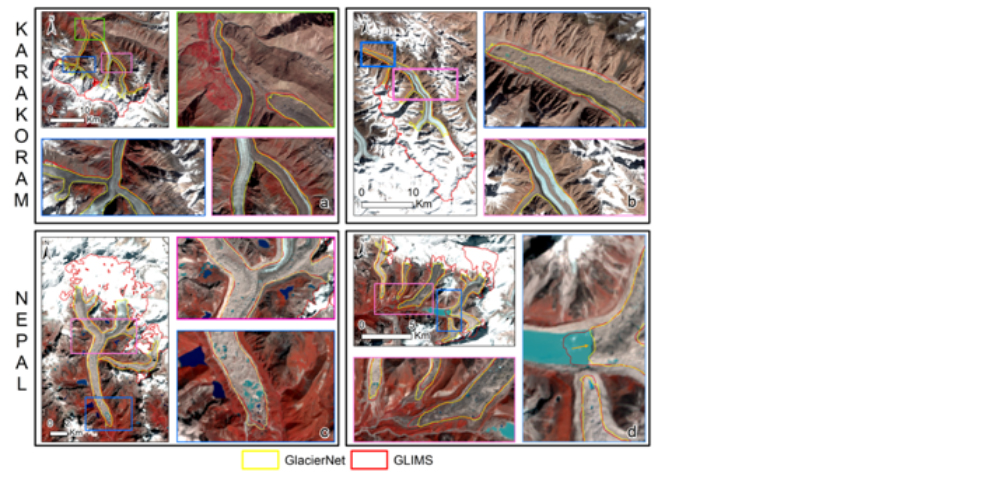Directory
Zhiyuan Xie
ISE Graduate Student Fellow
Profile
Zhiyuan Xie received a B.S. degree in electronic and computer engineering technology from the University of Dayton, a B.E. degree in electronic engineering from Shanghai Normal University in 2015, and a M.S. degree in electrical engineering from the University of Dayton in 2018, where he is currently pursuing the Ph.D. degree in electrical engineering. His research interests include deep learning and image processing.
Research Interests
Mountain glaciers are retreating rapidly due to climate change. These glaciers are the source of many river systems and accelerated melting over the past decades has significantly affected water security. Climate heterogeneity, among other factors, forces the glacier to behave differently even in the same region. These variabilities in glacier changes highlight the importance of understanding and analyzing glaciers at a local, regional, or global scale.
One of the necessary steps to observe alpine glaciers and their regional trends is to map glacier boundaries in the field or digitally using satellite imageries (manually or semi-automated). However, it is not straightforward to map glaciers using either of these methods, especially debris-covered glaciers (DCG). We are therefore utilizing deep learning, a feed-forward convolutional neural network, for automatic mapping of the DCG zone from the snowline to the terminus.
Consequently, Landsat satellite images, the Advanced Land Observation Satellite (ALOS) digital elevation model (DEM), and geomorphometric data are used as network inputs to develop the approach, known as GlacierNet (Figure 1 below). After network-learned sample data (10-20% of the study area in the central Karakoram and Nepal Himalaya) and the corresponding glacier boundary from Global Land Ice Measurements from Space (GLIMS) database, the GlacierNet performed exceedingly well in detecting the debris-cover glacier boundary, snowline, and terminus with relatively high accuracy (Figure 2 below). Further work is underway to test model sensitivity and application to a broader region.
Figures

Figure 1: GlacierNet Architecture

Figure 2: DCG boundary samples: (a) Bualtar and Barpu Glaciers, GLIMS boundary source date: 2001-08-29, (b) Virjerab Glacier, GLIMS boundary source date: 1998-08-13, (c) Ngozumpa Glacier, GLIMS boundary source data 2009-11-08, (d) Imja, Lhotse, West Lhotse and Nuptse Glaciers, GLIMS boundary source data 2009-11-08.
